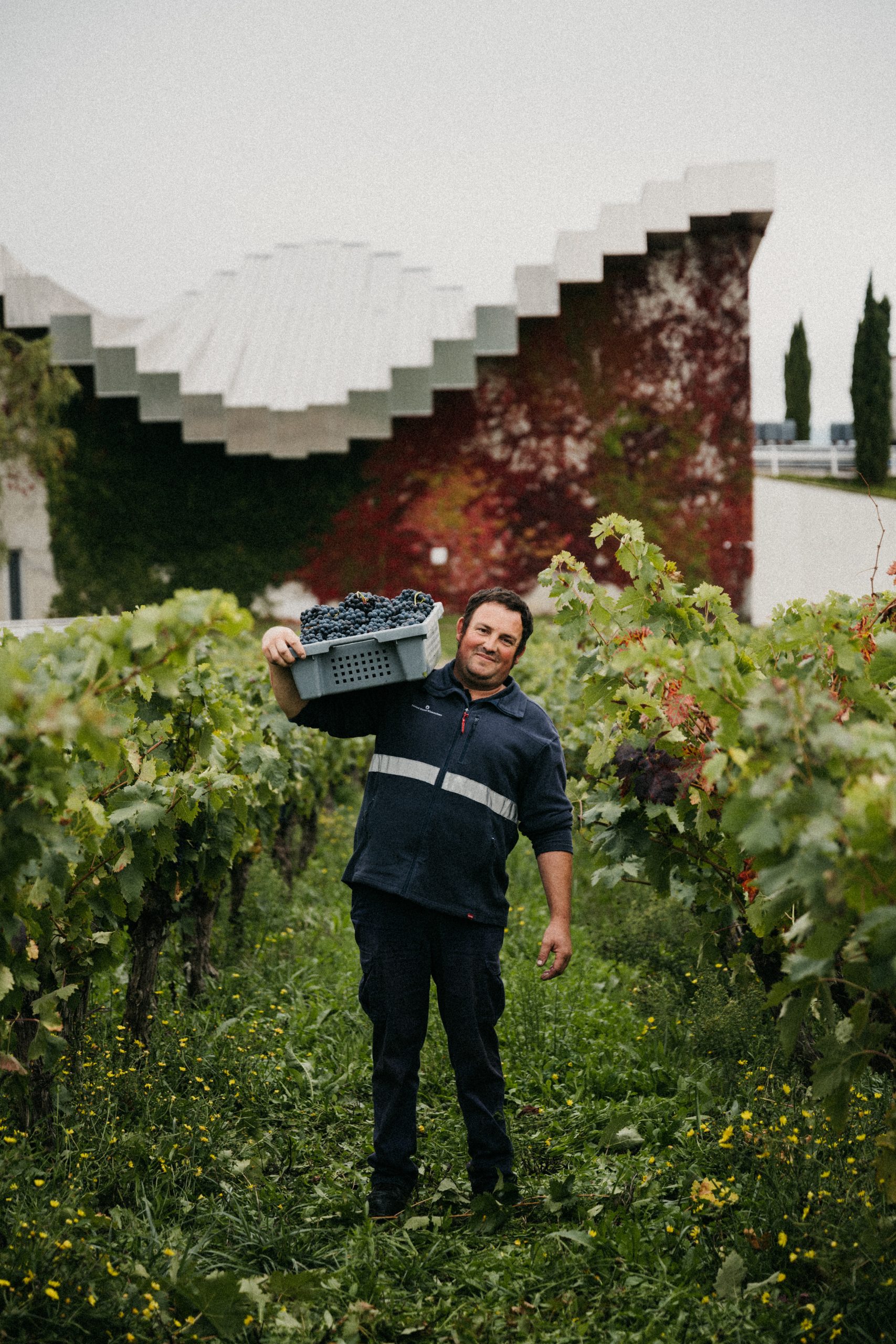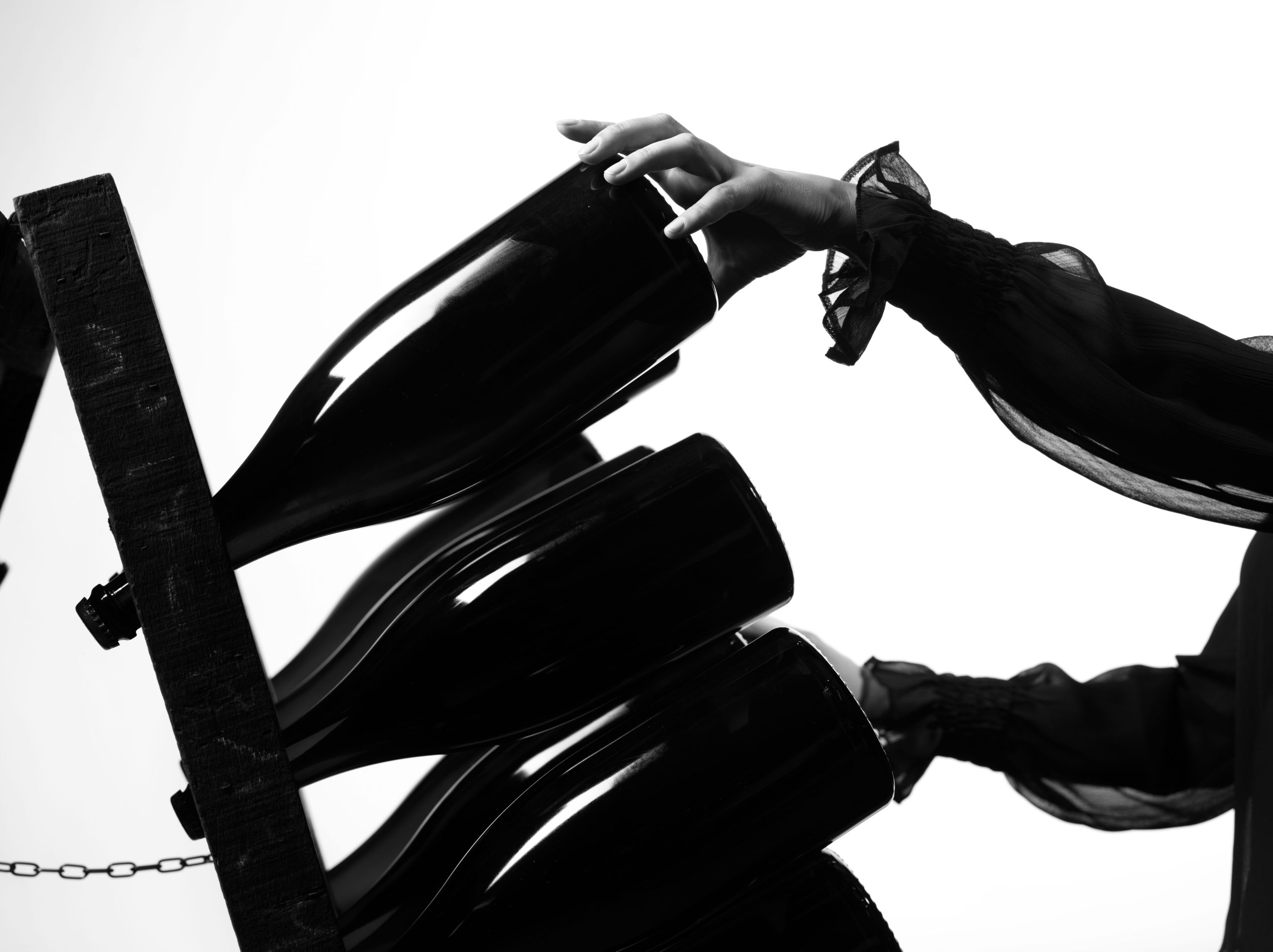Blog de Blogs
In our latest round up of the wine world’s blogosphere, we join Berry Brothers at Robert Parker’s “Magical Top 20” tasting in Hong Kong, wonder whether the fine wine market is finally broadening its interest beyond the Bordeaux first growths and question of the importance of disgorgement dates on Champagne bottles.
Simon Staples, fine wine director at London merchant Berry Bros & Rudd, was positively gushing after attending Robert Parker’s tasting of his “Magical Top 20 Bordeaux from 2009” to guests at Wine Future Hong Kong last week.
Such was Staple’s excitement at being part of such an event that he wrote: “It was amazing and I need to tell someone about it!”
Parker did not let Staples down. “It was the first time I had ever seen Robert Parker in action and I have to say I was bowled over,” he wrote. “He was professional, passionate, authoritative but above all humble. I was somewhat star-struck, truth be told, as was the rest of the captivated audience.”
Staples goes on to give his own tasting notes on the wines, accompanied with a warning that they will become increasingly difficult to source as a result of Parker’s endorsements.
He was also impressed with the organisation of such a tasting, which catered for 1,000 people.
“The tasting itself was an incredible achievement in its own right,” he said. “1,000 disciples with 20 glasses in front of them, a sample in each, all served at the perfect temperature. Think about the washing up!
“As inspiring as Bob was and how incredible the logistics were, it was these ‘Magical 20’ (Well, 15 in my book) that had the room mesmerised. They were stunning. It’s the first time that they have been shown as most were only bottled in July and not shipped until now.”
It had to happen sometime: can it be that the fine wine market is finally broadening its interest beyond the Bordeaux first growths? This week the Liv-ex blog has been tracking the growth in demand for top producers in other regions.
Marking a particular crescendo of trade for Burgundy, Italy, Sauternes, Champagne and the Rhône, Liv-ex reports: “The Super Tuscans in particular have piqued buyers’ interest, led by (well priced and abundant) Sassicaia 2008.”
Other names trading strongly this week are Burgundy’s Ponsot and Angerville, Champagne’s Salon Mesnil and, from the Rhône, Guigal.
Balancing this surge has been flagging demand for Bordeaux’s first growths, which have seen almost uninterrupted decline in trade since August. On the other hand, Liv-ex observes: “Lower-ranking crus classés have been first in line to benefit” from this slump.
Partner Content
Expecting this trend to continue, Liv-ex remarks: “With the market searching for a new direction, Robert Parker’s Magical 20 tasting – which featured ‘undervalued’ wines of ‘first growth quality’ – could not have come at a more opportune time.”
Dr Vino
Dr Vino (Tyler Colman) poses the question of the importance of disgorgement dates on Champagne bottles, arguing that a date on a NV Champagne would give consumers a better clue of how long a particular bottle had been standing on a supermarket shelf.
He mentions Jancis Robinson’s tweet from the Wine Future conference in Hong Kong, expressing her surprise at the difference between two Krug Grand Cuvées due to their different disgorgement dates, to which Antonio Galloni of Robert Parker’s The Wine Advocate replied that the WA has not reviewed Champagne without a disgorgement date since 2009.
Jon Bonné of the San Francisco Chronicle also weighed in, asking how many wine writers it might take to adopt the same policy to force the producers’ hand in the region.
Colman ends by highlighting why the Champenois should be going down the disgorgement date route: “Here’s a carrot for the producers: disgorgement dates will engage the most interested consumers.
“These are the ones that should be of particular interest since they would look up further information on the producer website and alert their world to their experience via social media.”
Faustino Muñoz, sommelier and director of Colmado Quílez in Barcelona and writing on Wine Defender, looks into the complexities of water and the importance of choosing the right one to go with the right drink – be it wine or spirits.
Arguing that the right water can aid the appreciation of a wine in a tasting or meal and the wrong one ruin it, he writes: “According to the soil layers that water from rain or snow has crossed to the point of capture, we can get different water types and the sommelier must know how to differentiate them organoleptically, or across the chemical analysis.
“When we are organising a wine tasting we must take into account the water that we choose to clean our mouth with and move from one wine to another without leaving any flavour in the mouth, water with a significant contribution of carbonates (200-300 mg/l) would be the ideal.”
Looking at the attention to detail applied to wine, spirits, tea and coffee, he asks that as water as a variety of families (mineral and spring – fizzy or still), types (hard, soft, very hard, very soft etc) and styles (hyposodic, bicarbonated, sodium, magnesium or fluoride water, different mineralisation, sulphurated and chlorinated waters) it makes sense to pay a little more attention to those we pair with our other drinks to ensure better coffee and the better enjoyment of whiskey and wine pairings.




